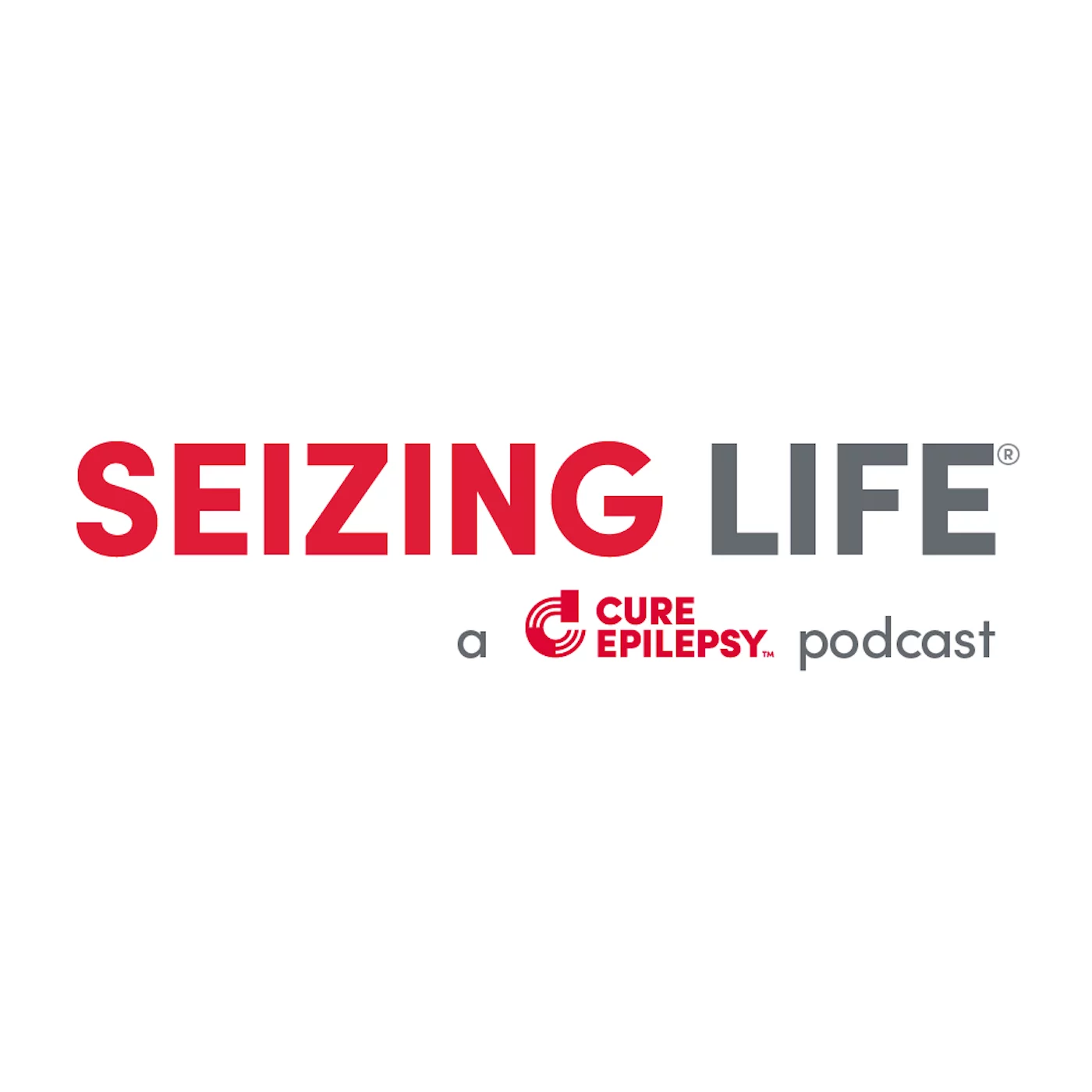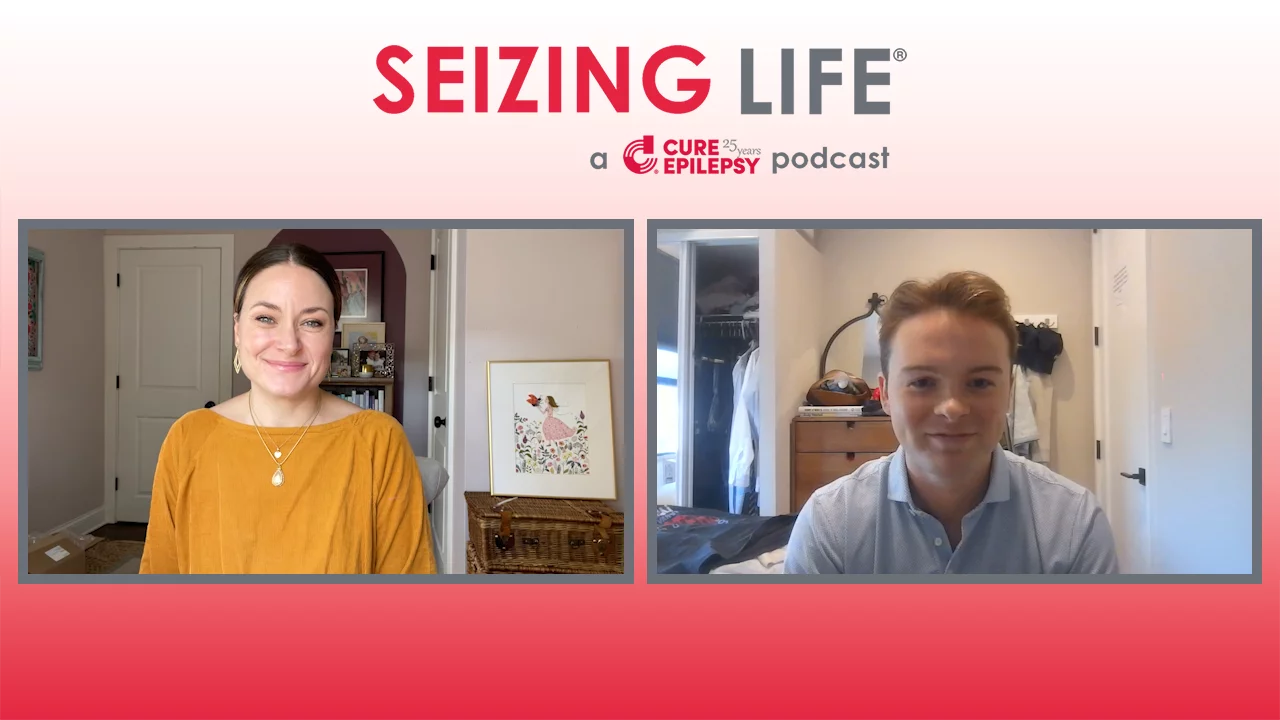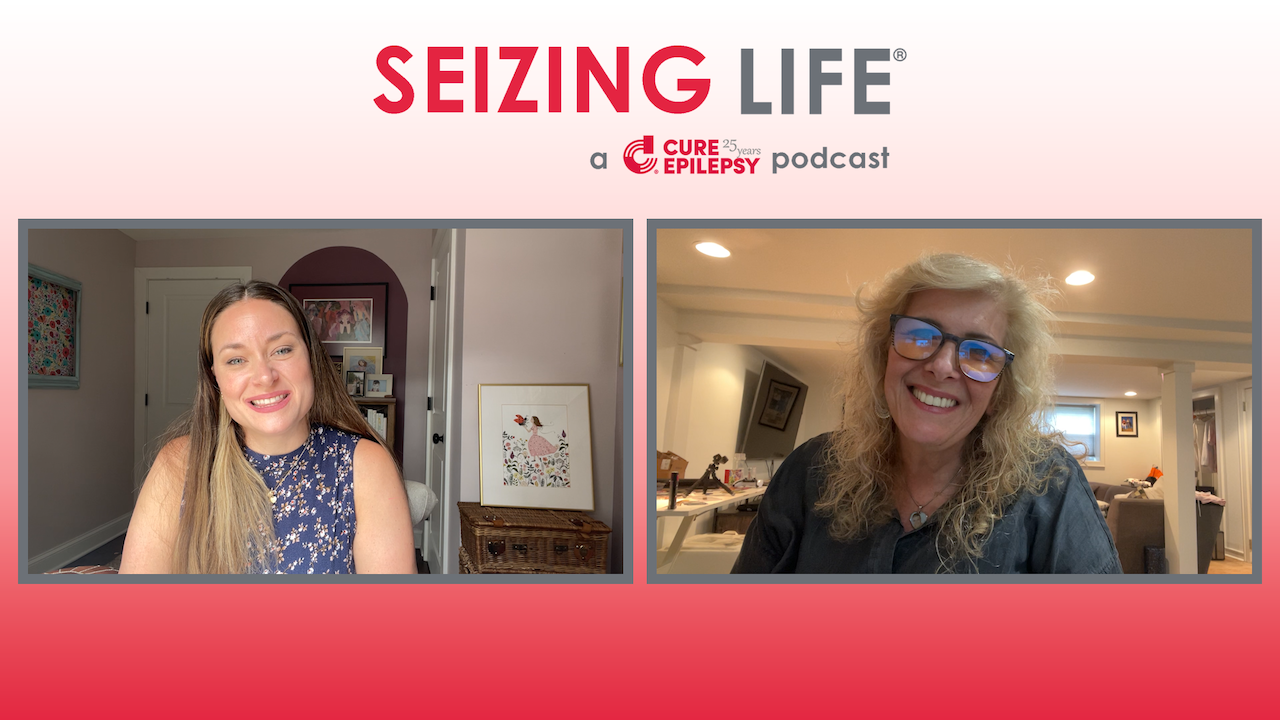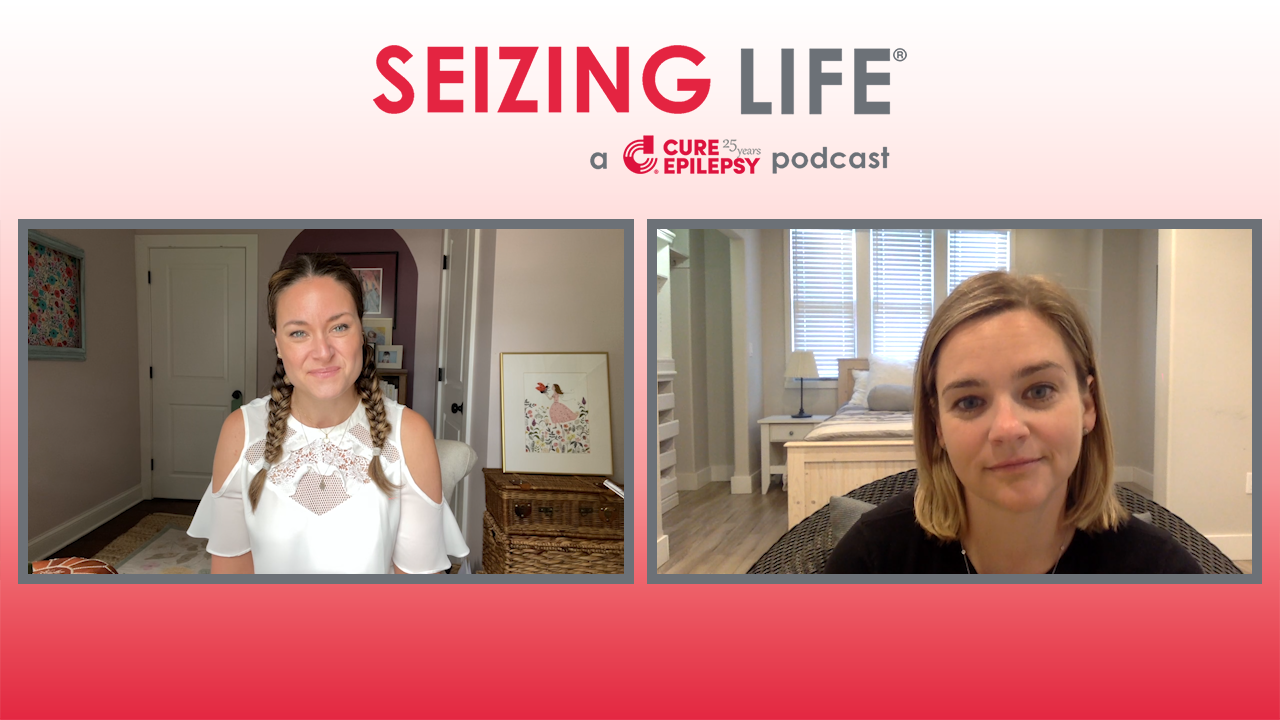Related Episodes
#128 NYC Marathoner Achieves Seizure Control and Runs for Epilepsy Research
Guest: Peter BurpeeThis week on Seizing Life® Peter Burpee shares his experiences with absence and tonic clonic seizures and explains why he’s running for Team CURE Epilepsy in the upcoming NYC Marathon.
#125 An Extraordinary Life of Autism, Epilepsy, and Advocacy
Guest: Barbara D'AmoraThis week on Seizing Life® Barbara D’Amora tells us about her son Nicholas, who lived with autism and epilepsy and became an active and inspirational advocate for the autistic community despite being nonverbal.
#123 Pursuing Effective Epilepsy Treatment and Running for Research
Guest: Clare PhelpsThis week on Seizing Life® Clare Phelps shares the difficult diagnosis and frustrating treatment journey of her young daughter Sophie, whose epilepsy has so far been treatment resistant.
Download Transcript
Want to download this transcript? Fill out the form below and we’ll begin your PDF download.
Download audio: Fight Stigma: You’re Never Too Young To Be a Hero
Download Podcast ⇩Make a difference





